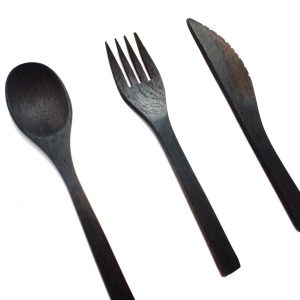As a beginner in the kitchen, learning proper knife skills is essential for safe and efficient food preparation. Here are some fundamental cutting techniques to get you started:
- The Claw Grip: Mastering the claw grip is crucial for safe cutting. Curl your fingers under and grip the food with your fingertips, keeping your knuckles against the blade. This grip protects your fingers while allowing for precise control.
- Rocking Motion (Chopping): For chopping vegetables or herbs, use a chef’s knife and a rocking motion. Hold the knife’s handle and pivot the blade up and down while keeping the tip on the cutting board. Lift the knife slightly after each cut and continue the motion.
- Slice: To slice ingredients like onions or tomatoes, use a sawing motion with the knife. Place the blade on the cutting board near the heel, apply even pressure, and push the knife forward, maintaining a constant angle.
- Julienne: To julienne vegetables (cut into matchsticks), start by slicing the vegetable into thin, even planks. Stack the planks and cut them into thin strips, creating uniform matchsticks.
- Chiffonade: For chiffonade, stack several leafy greens or herbs, roll them tightly, and then thinly slice across the roll. This technique creates delicate ribbons of greens.
- Dice: To dice vegetables, start by slicing them into planks. Stack the planks and cut them into sticks. Finally, cut across the sticks to create evenly sized cubes.
- Mincing: To mince garlic or herbs, use a rocking motion while moving the knife back and forth over the ingredient until it’s finely chopped.
- Cross Chop: For chopping herbs or nuts, use the cross chop technique. Place the tip of the knife on the cutting board and lift the handle, allowing it to fall and chop the ingredient.
- Pivot Turn: When cutting round or irregularly shaped ingredients, use the pivot turn technique. Cut a small piece from one side to create a flat surface. Then, place the flat side down on the cutting board for stability while you continue cutting.
- Garnish Cuts: For decorative cuts, learn simple garnishing techniques like making carrot curls, cucumber fans, or radish roses.
Remember to use a sharp knife and maintain proper knife safety throughout your cutting practice. As you practice these basic knife skills, you’ll gain confidence and efficiency in the kitchen, making your food preparation more enjoyable and rewarding.







